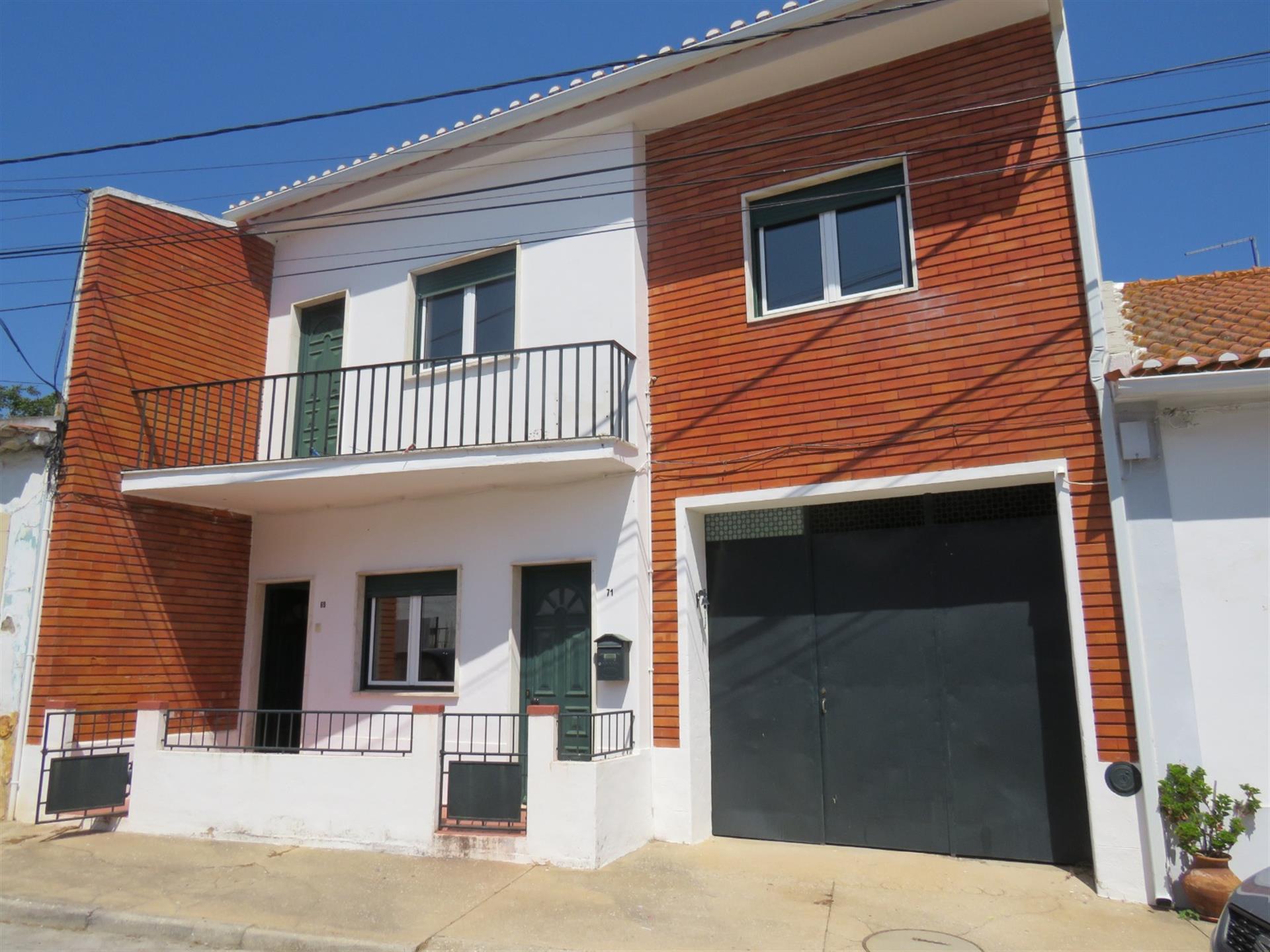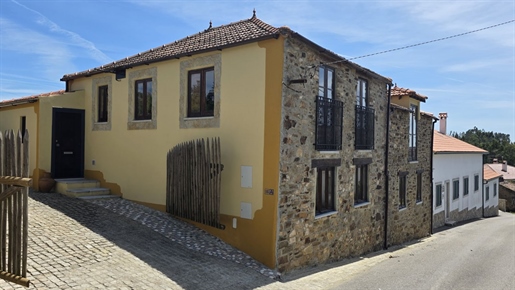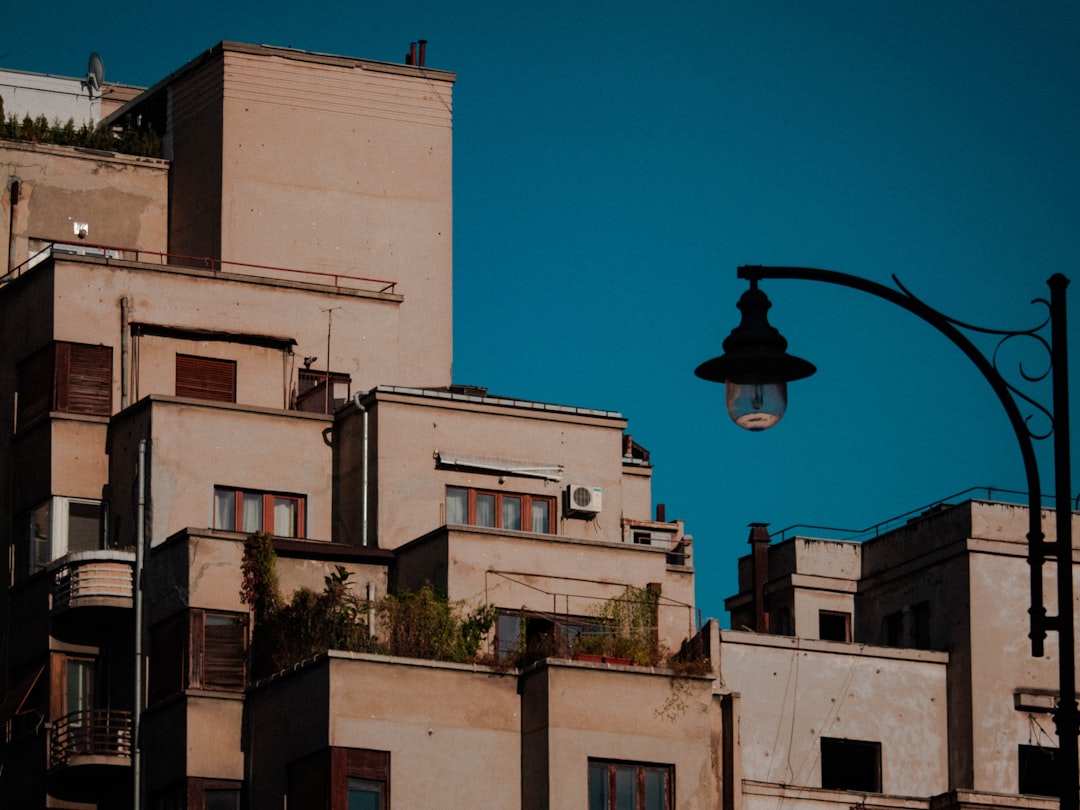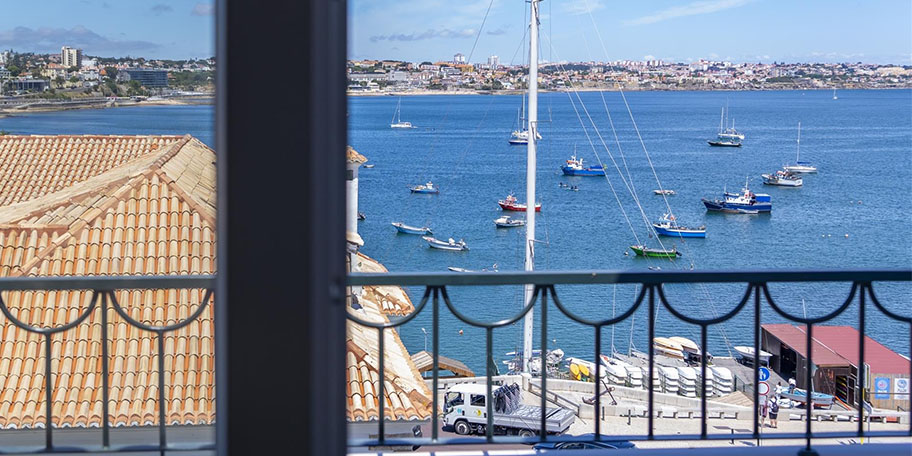Between the Tagus and fertile plains: a daily life turned towards nature
An agricultural region rich in vineyards and olive groves
Ribatejo, literally « on the banks of the Tagus », is a mosaic of vineyards, olive groves and market gardens. This fertile plain, the Lezíria, gives a peaceful and productive rhythm to daily life. 🍇
On the property side, there are quintas (rural estates), village houses with land and small farms to renovate. Before buying, check the restrictions of the RAN (National Agricultural Reserve) and REN (National Ecological Reserve) zones, which regulate land use.
- Irrigated plots near the river: perfect for a vegetable garden or fruit trees.
- Character stone houses: charm, but budget for insulation.
- Outbuildings (stables, barns): potential for a workshop or accommodation.
A sunny climate but milder than the Alentejo
The climate is hot and dry in summer, with evenings more bearable than in the Alentejo. Winters are mild, sometimes misty along the river. ☀️
- Favor an east/north orientation to limit summer overheating.
- Emphasize passive solutions: shutters, blinds, awnings, cross-ventilation.
- Check the energy label and roof insulation before buying.
The Tagus River as an artery of life and leisure
The Tagus shapes the landscapes and leisure activities: rowing, fishing, walks in the wetlands and birdwatching. 🛶
In flood zones, ask for the risk zoning and historical event records. A house slightly elevated or on raised ground provides extra security.
Santarém, capital of Portuguese Gothic
A unique architectural heritage in Portugal
Santarém concentrates a rare ensemble of Gothic buildings: the Igreja da Graça and its famous oculus, São Francisco, and Santa Maria de Marvila with its sumptuous azulejos. 🏰
Living here means enjoying daily the viewpoints of the Portas do Sol, the medieval alleys and a lively historic center without the crowds of big capitals.
Castles, convents and churches that tell history
The Santarém promontory, a former fortified site, and the surrounding castles (such as Alcanede) bear witness to centuries of history. Convents and churches dot the town and neighboring villages, giving a strong heritage character to residential neighborhoods.
- Historic neighborhoods: charm and views over the Tagus, parking sometimes limited.
- Suburban: more recent houses, gardens and modern comfort.
- Nearby villages: a good budget/space compromise while staying connected.
A proudly preserved identity
The city cultivates its identity through its festivals, markets and the promotion of its heritage. Here, Gothic aesthetics and azulejos converse with local crafts and the conviviality of the squares. 🎭
Living traditions of the Ribatejo
Bullfighting and equestrian culture at the heart of local festivals
Ribatejo is land of Lusitanos and Portuguese-style bullfighting. The big horse festival in Golegã, near Santarém, brings together enthusiasts, breeders and artisans. 🐎
These traditions are part of the cultural landscape. If this is not to your taste, choose a neighborhood further from the arenas and festival routes for more peace.
Gastronomy: Tagus fish soup and regional wines
On the menu: sopa de peixe do Tejo, river caldeiradas, cured meats, olive oil and local cheeses. The DOC Tejo wines pair wonderfully with this generous cuisine. 🍷
- Weekly markets: fresh produce at gentle prices.
- Farms and cooperatives: short supply chains and quality olive oil.
- Family-run restaurants: regional cuisine and hearty portions.
A rural and convivial way of life
Here, people greet each other, take their time and meet at the local café. Sports, music or neighborhood associations make integration easier. 🤝
- Learning some basic Portuguese opens all doors.
- Taking part in local festivals accelerates meeting people.
- Volunteering helps strengthen roots.
An authentic life on Lisbon’s doorstep
An affordable cost of living for families and retirees
Outside tourist areas, the cost of housing and daily expenses remain noticeably lower than in Lisbon. Houses with gardens or apartments in the historic center offer good value for money. 🏡
- Renovation opportunities: potential for value, but thoroughly inspect the structure.
- Local taxation (IMI) is often moderate; check municipality by municipality.
- Energy costs to anticipate in summer (air conditioning) and mid-season.
As an indication, the average asking price for properties is approximately €366,000 for 122 m² in the city of Santarém itself, which illustrates an attractive price per square meter compared to the capital.
Sufficient infrastructure but less developed than in the capital
Santarém has schools, shops, a reference hospital and a university center. Fiber is present in town, more variable in hamlets.
- Water/sewerage: inquire about the network or the presence of a borehole.
- Public services: procedures sometimes faster than in the metropolis, but with reduced opening hours.
- Teleworking: test the connection on site before signing.
Trains and roads that quickly connect to Lisbon
Rail (the North line) connects Santarém to Lisbon in about 45–60 minutes depending on the trains. The A1 motorway serves the capital in a little over an hour depending on traffic. 🚆
- Parking near the station and local shuttles for smooth daily commuting.
- Quick access to major routes (A1, A13) to the coast and the country’s center.
- Subscriptions and discounts exist for regular commuters.
The advantages and limits of settling in Santarém
Authenticity, attractive prices and proximity to Lisbon
Three strong arguments come up among buyers :
- Authenticity of a rural way of life, without isolation.
- Price of real estate lower than on the coast, with, for example, some very affordable properties in Alcanede in Santarém.
- Proximity to Lisbon for work, culture and the airport.
Less economic dynamism than on the coast
The local economy relies on agri-food, logistics and services. Opportunities are real but more targeted than at the seaside.
- Good ground for artisan entrepreneurs and teleworkers.
- Average salaries lower than the coast; budget accordingly.
- Anticipate commuting to Lisbon for specialized careers.
Hot summers to take into account
Summers can be scorching. A house with shade, good insulation and high thermal inertia makes all the difference. 🌞
- Favor trees, pergolas and external blinds.
- Inspect roof, attic and joinery (double glazing).
- Check the history of fires and the maintenance of surroundings in rural areas.





